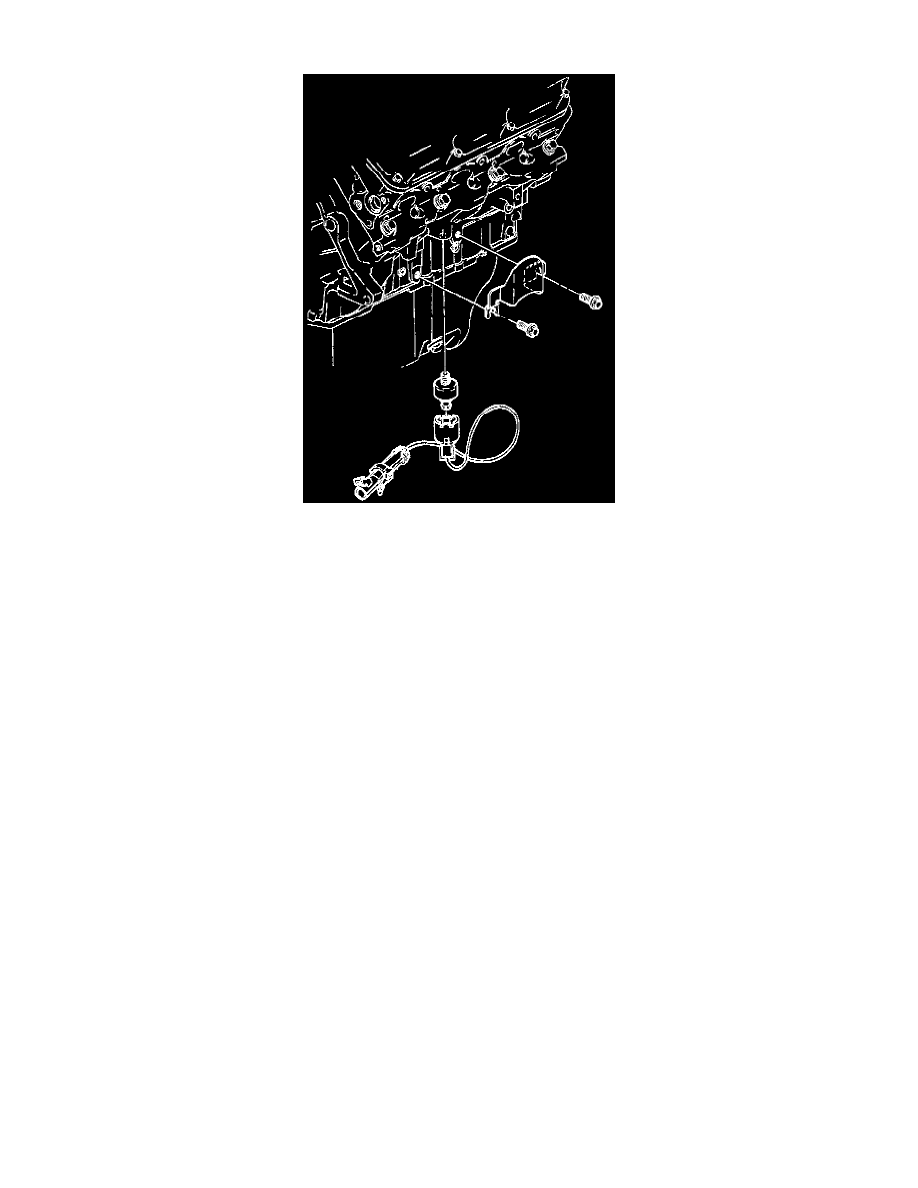LSS V6-3.8L VIN K (1997)

Knock Sensor: Description and Operation
Knock Sensor
PURPOSE
Varying octane levels in today's gasoline may cause detonation in some engines. Detonation is caused by an uncontrolled explosion (burn) in the
combustion chamber. This uncontrolled explosion could produce a flame front opposite that of the normal flame front produced by the spark plug.
The raffling sound normally associated with detonation is the result of two or more opposing pressures (flame fronts) colliding within the
combustion chamber. Though light detonation is sometimes considered normal, heavy detonation could result in engine damage. To control spark
knock, a Knock Sensor (KS) system is used. This system is designed to retard spark timing when spark knock is detected in the engine. The KS
system allows the engine to use maximum spark advance for optimal driveability and fuel economy.
OPERATION
The KS system has two major components:
^
The KS module.
^
The knock sensor(s).
The PCM contains a replaceable Knock Sensor (KS) module. The KS module contains the circuitry that allows the PCM to diagnose the knock
sensors and circuitry
The knock sensor(s) detect abnormal vibration (spark knocking) in the engine. The knock sensor(s) are mounted in the engine block near the
cylinders. The knock sensor(s) produce an AC output voltage which increases in amplitude and frequency with increased severity of detonation.
This signal voltage is input to the PCM. The PCM then adjusts the Ignition Control (IC) timing to reduce spark knock. The knock sensors are used
to detect engine detonation, allowing the PCM to retard Ignition Control (IC) spark timing based on the KS signal being received.
